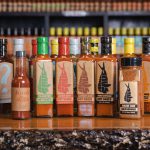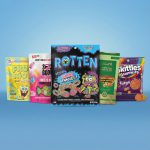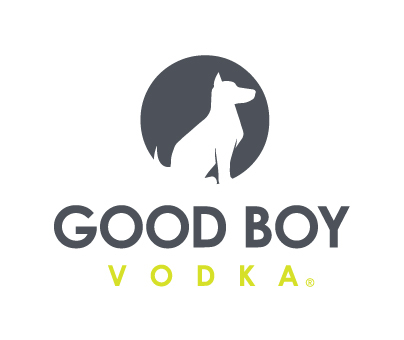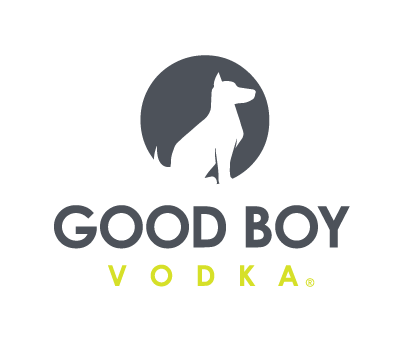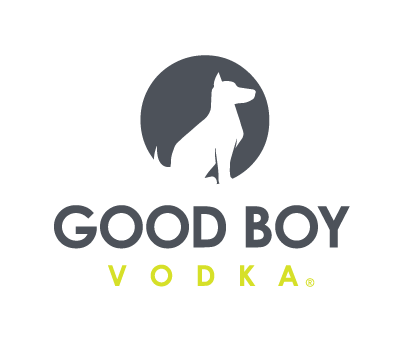WSJ Global Food Forum: Ozempic, Inflation and Consumer Concerns Driving Health Trends

During the Wall Street Journal Global Food Forum this week, a wide range of food and beverage industry stakeholders took to the stage to discuss the most pressing issues facing the way the industry gets food from farm to fork. Speakers ranged from government officials to private sector executives and investors who provided a bird’s eye view into trends and the industry’s response. From our notes, here are some highlights:
The View From Washington: Food Safety and the FDA.
Jim Jones, deputy commissioner for Human Foods at the U.S. Food and Drug Administration (FDA) shared that within days, the agency will finalize its definition for the term healthy and is working to develop a logo that will also indicate this claim on food products that meet the set criteria.
The agency is also working to develop voluntary, front-of-pack labels that highlight saturated fat, sodium and added sugar contents and have been testing various approaches to ensure those directives meet the needs of consumers and can be easily understood.
Those updates served as a central, unifying theme as Jones emphasized that the agency has not only moved slowly and operated ineffectively in the past, but also does not yet have processes in place to continually monitor, update and review common consumer concerns, particularly around chemicals and additives.
As part of the recent FDA reorganization, it will create a “systematic post-market review program for food additives.” Addressing recent moves in California that have banned the use of various additives, Jones said that the FDA would rather these decisions come from the agency so that they can be implemented and enforced at a federal level.This will also lead to a “more ambitious review” of previously authorized chemicals and said more details on those changes will be shared over the next three months.
As for Ozempic, Jones said it is in talks about an open collaboration with the pharma-focused branch of the FDA about how these medications will impact the American diet long term: “It’s an open ended question.”
Lastly, the agency is working to develop a focused nutrition center with a greater focus on tracking how nutritionals like sodium and fat show up in various types of processed foods and the impact they have on American health.
“We’re not gonna have a curriculum in kindergarten about nutrition. That’s just not going to happen. We’re not resourced for it. I don’t think we’re legally authorized, but we can do things that help inform people, to help them make better choices… like the healthy logo,” Jones stated.
Inside the Wellness Hype Machine with Athletic Greens
From president of Cinnabon to leading Focus Brand’s portfolio (including Moe’s Southwest Grill and Jamba Juice) to her current post as president and COO of Athletic Greens, Kat Cole’s career has spanned the full spectrum of food and health concepts in America. She shared her thoughts on managing a business built atop a single SKU and the role Athletic Greens plays in current consumers’ lives.
Unlike the restaurant industry where menus are expansive and often changing, a CPG company’s success relies heavily on being clear on purpose and executing above expectations.
The decision making process is different as well, Cole emphasized, when you manage a well-diversified portfolio there are “plenty of levers to pull” versus at AG1, where there is a single lever that has been steadily polished and perfected over the company’s 14 year history.
“Everything we do affects the one thing we do. And so we have to hold ourselves to such an insanely high standard.”
On the topic of Ozempic: Cole said AG1 is in a “fortuitous” position since the product has been designed both to fill nutritional gaps and support gut health, two key needs for GLP-1 drug users.
“If it’s already harder to get nutrient dense food because of our soil, and it’s already harder to eat a nutrient dense diet because of a modern lifestyle. Then certainly, if anything is happening that further compresses that, the product that we’ve been providing is now greater.”
Investing in the Future of Food and Health With Manna Tree and Flagship Pioneering
Food trends change fast and continually lead the industry into uncharted terrain. In that vein, Gabrielle Rubenstein, co-founder and managing partner of Colorado-based investment firm Manna Tree emphasized she never would have thought she’d be on stage talking about the popularity of cottage cheese.
“I thought of cottage cheese at the salad bars or something my grandmother may have eaten. It wasn’t a sexy food. It’s where Greek yogurt was a decade ago,” Rubenstein said. But in today’s world, where clean label, high protein, transparent and traceable products are in vogue, the product has become a hot ingredient for the “97% of households today that still eat dairy.”
Flagship Pioneering general partner Ignacio Martinez echoed those sentiments, claiming that investors are seeking companies that bring nutrition closer to nature and are looking to invest in agriculture-based solutions that can mitigate climate change. Both investors said that regardless of whether a product is animal- or plant-based, clean ingredient and transparent supply chain claims are winning above all else.
“What you’re seeing is that the theme is not just plant protein or traditional meats, but it’s clean, shelf stable and affordable. Three years ago when I sat here that was hard on us…[but] that’s what’s driving [growth]. Does it taste good? Is it clean? Is it accessible? Is it affordable, and is it manufactured in a way that you can trust? That’s the underlying theme,” Rubenstein concluded.
The Business of Baking With Bob’s Red Mill CEO Trey Winthrop
Clean, sustainable ingredients, high protein products and transparent, planet-supporting supply chains. Bob’s Red Mill CEO Trey Winthrop emphasized that while his company is selling premium products at a time of record high food cost, its position among key consumer trends allows it to not worry so much about its price tag.
While the brand has always embraced its natural positioning, originally via large brand blocks at retail, it has recognized that consumers now want their natural products right alongside conventional everyday offerings.
That behavior has informed the company’s growth strategy as it has moved beyond the natural space, including offering non-organic, but traceable products in mass retailers like Walmart. The dual-pronged supply chain, where it can source both conventional and organic ingredients, allows the brand to roll out products at price points that are in line with consumer expectations at specific retailers, while still turning a profit in less-premium outlets.
Retail partnerships have been essential to the brand in more ways than one with Winthrop emphasizing the value of debuting items exclusively with specific retail accounts, noting these partnerships help get a lot of early traction at launch.
What’s next for Bob’s Red Mill? A bigger push into baking mixes with pancakes, brownies, cornbread and cake products coming soon designed around simple flour blends that contribute a range of textures and different mouthfeels than typical baked goods.

